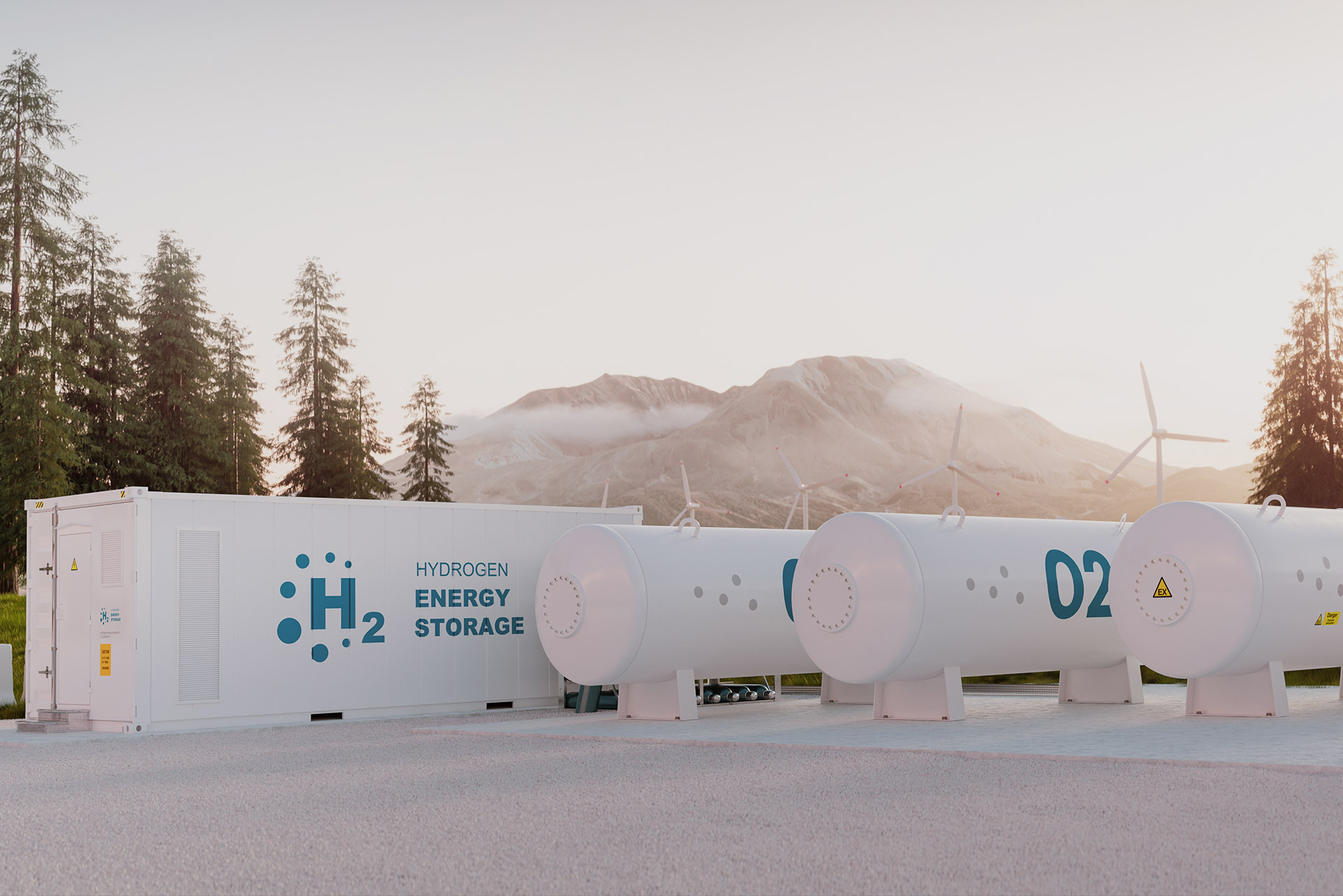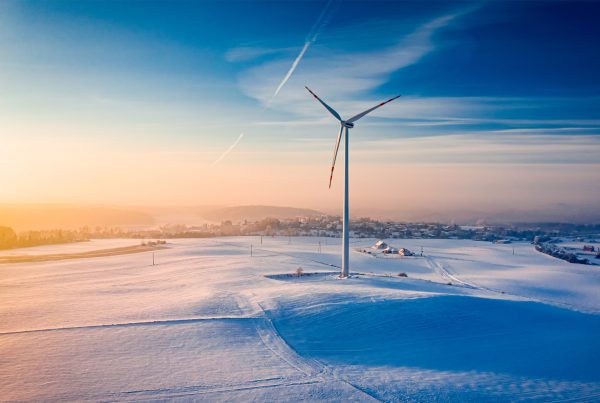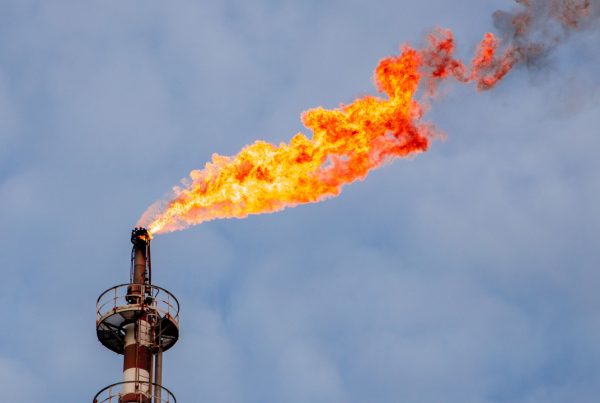In April 2023, 7 Romanian companies received funding through PNRR for "supporting investments in capacity building for the production of green hydrogen in electrolysis plants", with winners including companies such as OMV Petrom, Chimcomplex and Monsson. This is further proof of Romanian interest in this technology. In addition, we could say that, with hydrogen, the natural gas sector is stepping into the future, capitalizing on both the experience gained and the technology it possesses, with the same aim of providing a stable energy supply for our country.
Thanks to its many applications, hydrogen's role in the development of a sustainable global economy is becoming increasingly important.
Hydrogen is:
- balancing factor of the energy system, a buffer for the variability of renewable sources, but also for the instability of consumption (especially in those periods when consumption drops and there is too much energy in the grid);
- fuel for various means of transportation, considered the least polluting fuel;
- a means to decarbonize industry and is used in various industrial processes;
- heating fuel.
However, specialists have not reached a consensus on the uses of hydrogen. The disagreement also stems, of course, from the many types of hydrogen that can be produced at the moment, which we have already discussed, and of which we mention just a few:
- Green hydrogen is hydrogen from renewable sources (more specifically, it comes from electrolysis, which is made using electricity produced from renewable sources);
- blue hydrogen from fossil fuels, using CCS (carbon capture and storage) techniques;
- hydrogen gray, produced from natural gas (usually methane) by steam reforming methane.
In some countries, e.g. Austria, a prioritization of hydrogen uses has been achieved: for example, its use as a raw material in steel production is a priority, while its use as a fuel in transportation (medium-sized cars and trucks) and low-temperature heating (heating of homes and certain industrial processes) is second on the scale of importance in use. Of course, more production of this gas will allow it to be used on an increasing scale in all areas where it is suitable and where it can offer the advantage of low emissions.
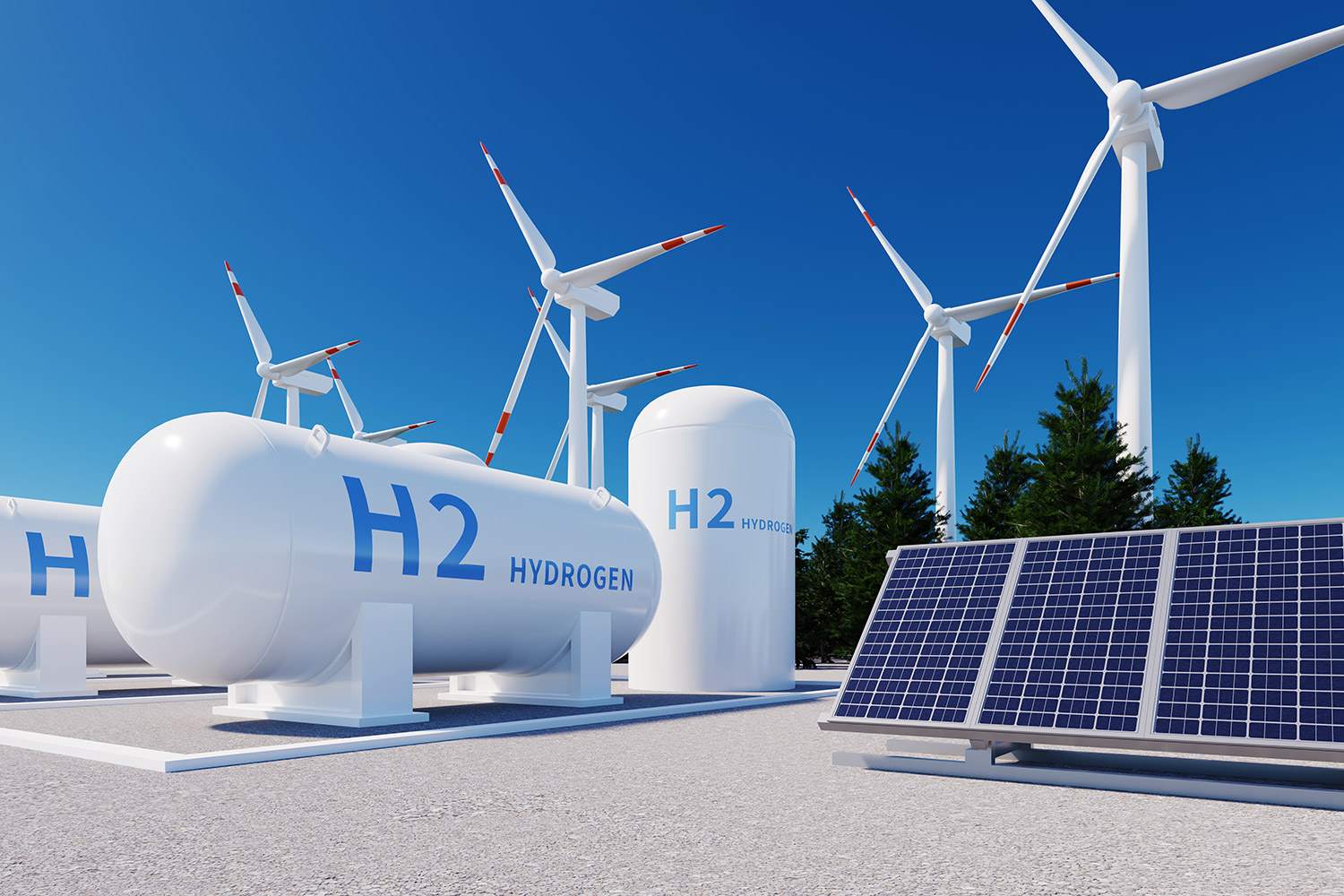
"Green" is not competitive at the moment
Although green hydrogen with the lowest carbon emissions will be the European focus - as REPowerEurope documents stipulate, however, at the moment 99% of Europe's hydrogen comes from natural gas. Globally, only a small fraction of hydrogen also involves the use of carbon capture technologies, so blue hydrogen accounts for only 0.7% of the hydrogen produced in the world today. Worldwide, green hydrogen accounts for only 0.1% of the total amount produced, according to RFI.
Also, the cost of producing green hydrogen does not yet make it competitive with that produced from conventional fuels (although opinions are nuanced, given the rise in natural gas prices at certain times). However, with the significant investments made, it is estimated that green hydrogen could have a cost of $0.70 - $1.60 per kg by 2050, which is considered competitive with natural gas (cf. World Bank Group).
EU funding - support for new technology
EU plans for hydrogen are ambitious: 16 countries have 840 projects under development with a total value of €400bn, according to Financial Journal. Through REPower Europe, the European Union aims to produce 10 million tons of hydrogen from renewable sources each year by 2030.
At EU level, hydrogen development is taking shape with new sources of project funding, such as the European Hydrogen Bank, announced in 2022.
"I can announce today that we will establish a new European Hydrogen Bank. This will help to secure hydrogen procurement, including by using the resources of the Innovation Fund. The Bank will be able to invest €3 billion to help build the future hydrogen market. This will build the economy of the future. This is our European Green Deal", declared Ursula von der Leyen, President of the European Commission, in September 2022.
Using the Innovation Fund, the commission will allocate €800 million for the Bank's first call. Hydrogen must be aligned with Delegated act for non-biological renewable fuels (RFNBO), and projects must reach full capacity within three and a half years of the grant. Funding is granted once hydrogen production starts.
Ratings ICIS (Independent Commodity Intelligence Services) shows that with support from the European Hydrogen Bank, the cost of green hydrogen could fall below €1/kg.
National Hydrogen Strategy - start in October 2022
As part of the NRRP, Romania is committed to developing a Hydrogen Strategy as a first step in regulating the entire hydrogen value chain. According to Ministry of Energy, "The strategy will aim to achieve the targets of the energy transition and decarbonization of economic sectors as well as the legal framework to facilitate hydrogen investments throughout the value chain."
Previous, The Ministry of Energy had announced that the PNRR would allocate 875 million euro for new renewable electricity generation capacity, combined heat and power (CHP) capacity and green hydrogen production capacity.
At this stage, progress on the Strategy is still unclear. It is known that the Ministry of Energy has set up a working group to set in motion and outline the first actions needed in this very important area for the future, which "includes other relevant ministries and authorities and other stakeholders (companies, institutions and associations) whose joint efforts can lead to the expected results."
Romanian infrastructure - ready for hydrogen
One of the main advantages of hydrogen is that it can be easily transported - both in specialized vehicles - and, more importantly, using natural gas infrastructure.
Thus, Transgaz is promoting research activity by promoting the acceptance of the hydrogen mix in the national transmission system (NTS), through pilot projects for its injection into natural gas transmission pipelines. The company is also planning to modernize and adapt its infrastructure to the transport of "green gases" to decarbonize the transport network.
Transgaz is also aimed at international cooperation for hydrogen transportation, an example being the Memorandum of Understanding for the regional development of a hydrogen network, signed in April 2022, at the initiative of the Romanian company, between the natural gas transmission and system operators of Romania (Transgaz), Hungary (FGSZ), Poland (Gaz-System) and Slovakia (Eustream), with openness to other potential partners.
Also, Transgaz signed a Roadmap Agreement with the Three Seas Initiative Investment Fund in Davos, a trade fund dedicated to infrastructure investment in Central and Eastern Europe, to collaborate and build an infrastructure, with gas and hydrogen transportation, that would increase interconnectivity in the Black Sea, Adriatic and Baltic Sea area.
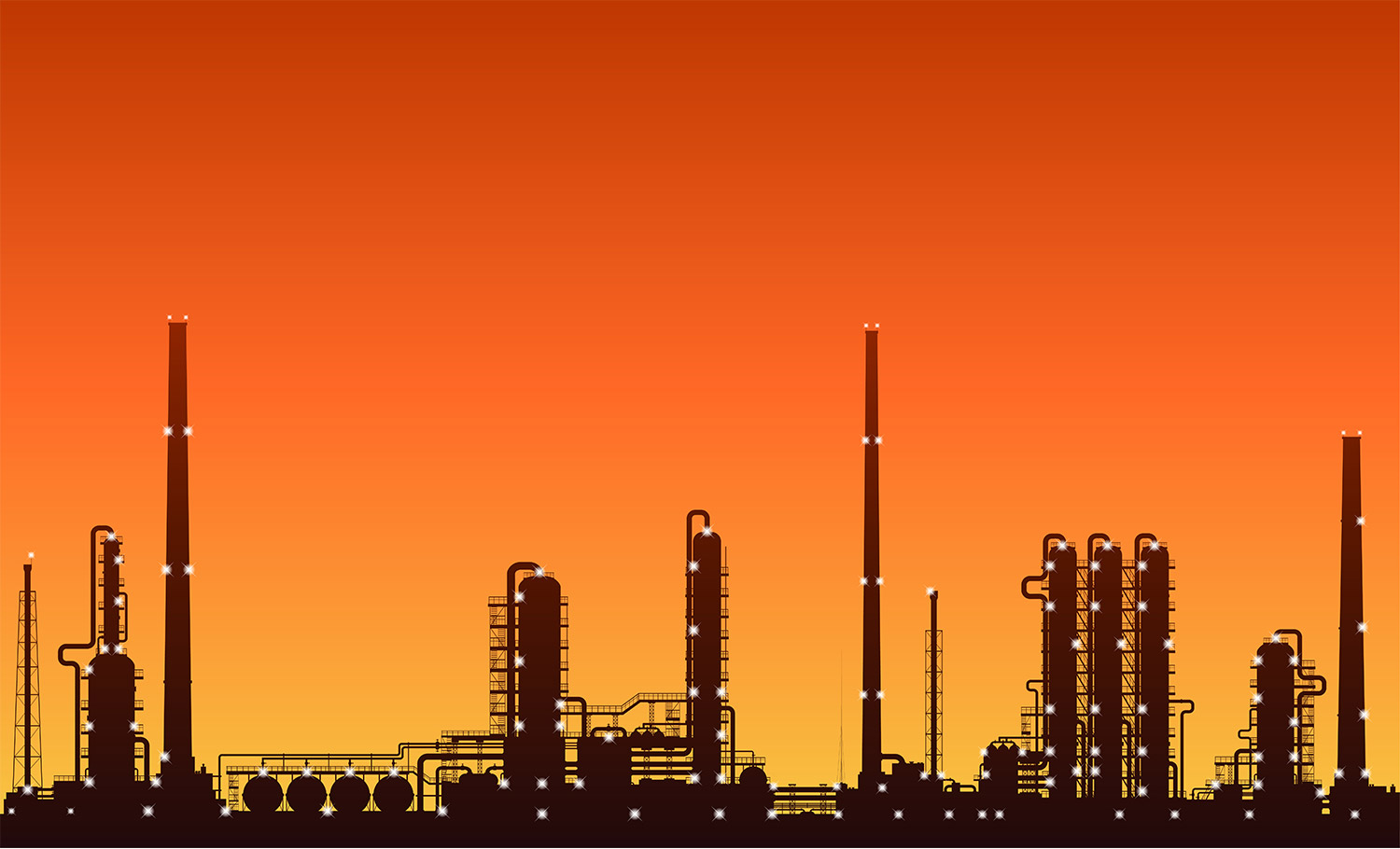
Pilot projects - the beginning before the beginning
Although the legislation on hydrogen is not very clear and the National Hydrogen Strategy is still under development, there are still private initiatives to produce and test different uses of hydrogen in our country.
I mentioned earlier Transgaz pilot project. Other Romanian companies are also active in the hydrogen field, some of them pioneers:
- In Romania there are currently 13 industrial hydrogen producers (all fossil fuel based) (cf. cursdeguvernare.ro)
- Romgaz and OMV Petrom have invested in wind production capacity for hydrogen production in the Danube Delta (see. economy.net)
- In Mediaș, a pilot project is being carried out by Delgaz Grid to test the compatibility and operation of the utilization installations and distribution system components with a mixture of natural gas and hydrogen.


